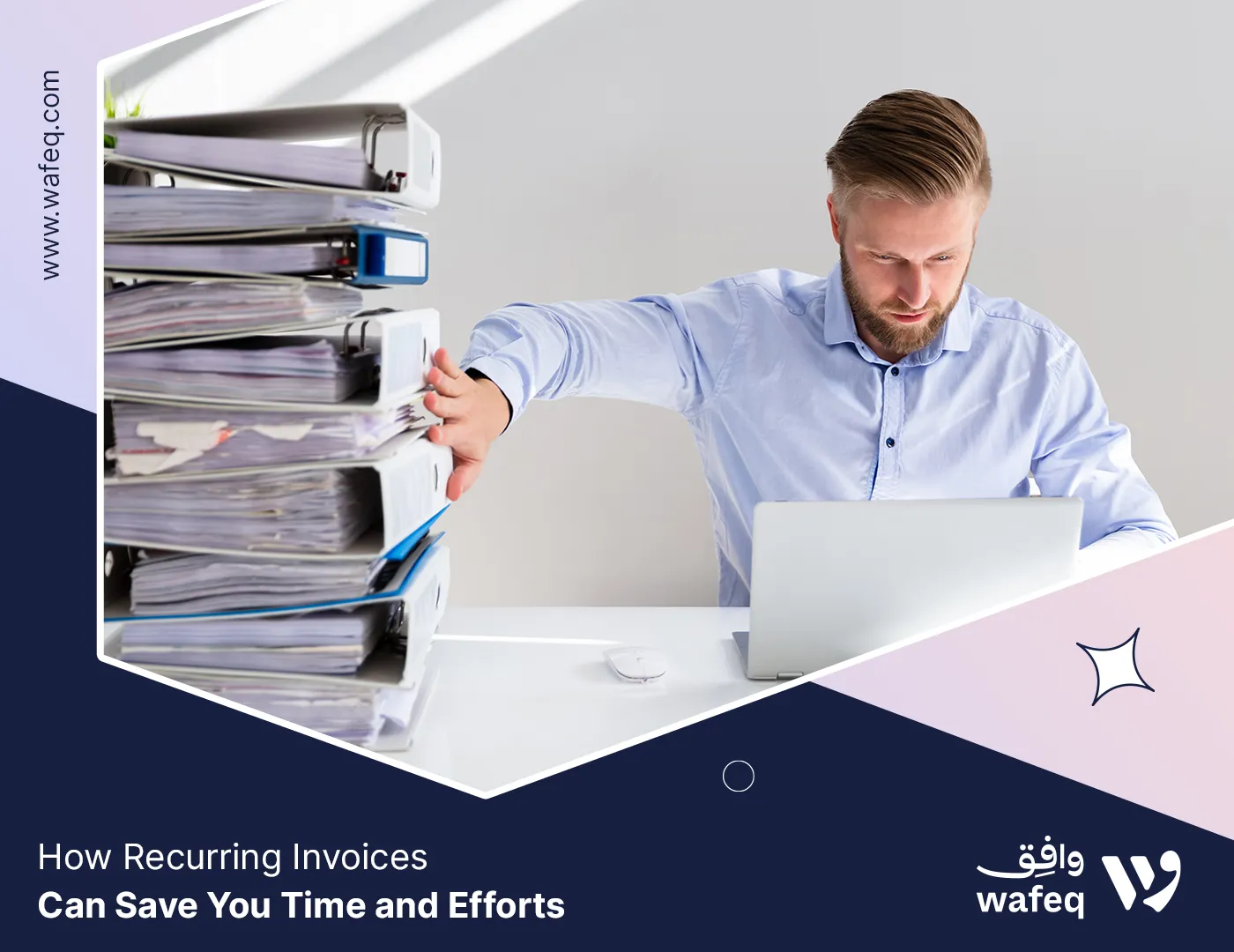Understanding Balance Sheets: A Simplified Guide for Non-Accountants

What is a Balance Sheet? An Introduction for Non-Accountants
The balance sheet serves as a snapshot of a company’s financial standing at a specific point in time. Often seen as a complex document reserved for accountants, it is actually a critical tool for stakeholders, including those with little or no accounting background. Understanding this financial statement gives you a glimpse into a company's assets, liabilities, and equity, offering invaluable insights into its operational viability.
Assets, Liabilities, and Equity: The Core Components
Understanding the intricacies of a balance sheet may seem like a daunting task. However, it can be simplified by focusing on its three essential components: assets, liabilities, and equity.
Assets are the resources owned by a business that has future economic value, ranging from cash to property.
On the other hand, liabilities are obligations that a business needs to settle, such as loans or accounts payable.
Lastly, equity refers to the ownership interest in the business, often seen as the residual interest after liabilities have been settled from assets.
These three are interconnected; they adhere to the fundamental accounting equation: Assets = Liabilities + Equity. Understanding this equation is crucial for anyone seeking to grasp the sustainability and financial health of a business.
Read more: A Complete Overview Of Liabilities And Stockholder Equity.
Understanding Financial Position Through Balance Sheets
A balance sheet is not just a statement of numbers; it reflects a company's financial health. By meticulously examining a balance sheet, one can gauge the financial position of a business and make informed decisions accordingly. Several key indicators provide insights into a company's liquidity, solvency, and overall financial stability. These include but are not limited to, the current ratio, debt-to-equity ratio, and quick ratio. Familiarizing yourself with these metrics and understanding their interplay can provide a comprehensive view of a company’s financial state. Thus, a balance sheet is a vital financial tool that reveals essential information for investors, creditors, and stakeholders.
Example and equations
Common Misconceptions About Balance Sheets
We are addressing some of the typical myths and misunderstandings that non-accountants might have.
When it comes to balance sheets, a variety of misconceptions can make understanding them a daunting task for those who aren’t trained in accounting. Some of the most common myths include the notion that a balance sheet shows the total value of a business or that having more assets automatically means better financial health. Let's bust some of these myths:
- High Assets Mean High Profit: A higher asset total doesn't necessarily indicate greater profitability. Assets could be illiquid or depreciating, meaning they aren't readily converted to cash or they lose value over time.
- No Debt is Good: While being debt-free can be beneficial, taking on debt is sometimes necessary for business expansion and growth. The key is managing debt responsibly.
- Revenue is on the Balance Sheet: Revenue is an income statement item and doesn’t appear on the balance sheet. The balance sheet provides a snapshot of assets, liabilities, and equity at a specific point in time, but it doesn’t show revenue.
- Only Tangible Assets Count: Intangible assets like patents, trademarks, and intellectual property also hold value and are a part of the balance sheet.
- Balance Sheets are Only for Investors: While investors often use balance sheets for analysis, business owners and managers should also regularly review them for operational insights and planning.
Reading a Balance Sheet: A Step-by-Step Guide
A practical walkthrough for non-accountants on how to read and interpret a balance sheet.
Understanding a balance sheet can seem like a Herculean task if you're not an accountant. However, being able to interpret this essential financial statement is crucial for anyone involved in a business, be it a stakeholder, employee, or owner. Here's a straightforward guide to make it simpler:
- Start with Assets: Examine the assets section to understand what the company owns. These can be divided into current assets (easily convertible to cash) and fixed assets (long-term assets like machinery).
- Move to Liabilities: Once you've assessed the assets, it’s time to look at what the company owes. Like assets, liabilities are categorized as current (short-term) and long-term.
- Check the Equity: This represents ownership and is calculated by subtracting total liabilities from total assets.
- Relationships Matter: Always remember that Assets = Liabilities + Equity. This equation should always balance, hence the name 'balance sheet'.
- Scrutinize Financial Ratios: Liquidity ratios, solvency ratios, and profitability ratios can give you a more in-depth understanding of a company's financial health.
Use Wafeq - an accounting system to keep track of debits and credits, manage your inventory, payroll, and more.
Use Wafeq - an accounting system to keep track of debits and credits, manage your inventory, payroll, and more.


.png?alt=media)









